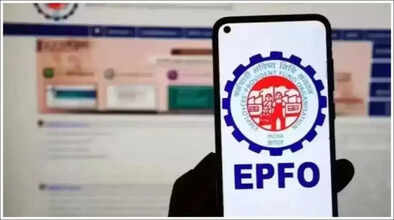PF Tips: How does the company contribute to your PF account? know here...

The PF scheme run by EPFO i.e. Employees Provident Fund Organization, is mandatory for all private companies that have more than 20 employees working for them. Under this scheme, the company has to deposit 12% of the basic salary of its employees in the PF account. That is, both the employee and the company have to deposit money in PF together. But many times it is seen in the pay slip that the company's contribution is less than your contribution. Why does this happen?
How does the company's contribution work in PF?
Whatever money is deposited in PF does not go directly to the bank account. Its contribution is different, which includes retirement benefits, pension schemes, and insurance schemes. Money goes into all three of these as per the rules of EPFO. Its calculation is done through an example.
Retirement Benefit (EPF) Pension Scheme (EPS – Employee Pension Scheme) Insurance Scheme (EDLI – Employee Deposit Linked Insurance)
This is how it is calculated.
Suppose you deposit Rs 2,000 from your salary in PF every month. Then the company will also have to deposit Rs 2,000, due to which a total of Rs 4,000 will be deposited in your PF account every month. Annual interest is also received on this. At the same time, the entire 2,000 that you deposit goes to your PF account. But the company's ₹ 2,000 is divided. It does not go completely to the PF account; out of Rs 2000, 3.67% i.e., about ₹ 611, goes to the PF account, and 8.33% goes to the EPS, i.e., pension scheme. Therefore, the company's PF contribution appears less in the pay slip, because not all of their money goes directly to PF, but some part goes to the pension scheme. Both the company and the employee contribute 12% of the salary, but the company's money is divided between PF and pension, which is why sometimes it seems that the company is contributing less.
Disclaimer: This content has been sourced and edited from TV9. While we have made modifications for clarity and presentation, the original content belongs to its respective authors and website. We do not claim ownership of the content.

